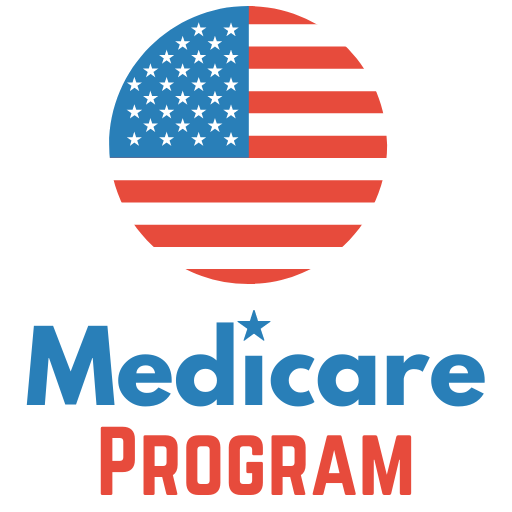
Employers and insurers pay hospitals the double of Medicare rates
Employers and health insurers paid hospitals 224 percent more than Medicare would have paid in 2020, according to a new RAND report comparing private insurers’ payments with Medicare rates.
Data were extracted from about 4,000 hospitals in 49 states from 2018 to 2020 and found variations in what certain states paid hospitals. Some states, such as Hawaii, Arkansas, and Washington, had relative prices below 175% of Medicare prices, while other states, including Florida, West Virginia, and South Carolina, had relative prices equal to or greater than 310. % of Medicare prices.
When averaged, the figure is 224% above Medicare rates for all private employers and insurers, and while this is high, it is a slight reduction from the 247% reported by in 2018 in the previous RAND study. The authors attributed this to an increase in the volume of claims from states with prices below the previous average price.
Prices for common outpatient services performed in outpatient surgery centers accounted for an average of 162% of Medicare payments, but if paid with Medicare, hospital outpatient department payment rates would have averaged 117% for Medicare.
While relative prices are lower for ASC claims with a price in accordance with HOPD rules, HOPD prices are higher than ASC prices.
Very little variation in prices is explained by the proportion of Medicare or Medicaid-covered patients in each hospital; a greater part of the price variation is explained by the power of the hospital market, the authors found.
COVID-19 hospitalization prices were similar to the general admission prices of hospitalized patients and accounted for an average of 241% Medicare.
WHAT IS THE IMPACT
Citing the U.S. Department of Labor, the authors said that because employer-sponsored spending comes from employee salaries and benefits, employers have a fiduciary responsibility to administer the benefits “solely in the interest of participants and beneficiaries.” “.
Employers and policymakers cannot fulfill this obligation with their workforce without price information. For many employers, the prices that they and their employees pay for hospital care may represent the value that hospitals offer, that is, the quality of care, access to specialist providers, or the breadth of hospital care. network options. Other employers may want to use this and other information to reduce healthcare spending.
For these entrepreneurs, negotiating prices based on contextualized data presents a tangible way to reduce healthcare spending.
When quality and convenience are comparable, employers can use network and benefit design approaches to move patient volume from lower-cost, lower-value hospitals and hospital systems to lower-cost, higher-cost providers. value. Employers can also use this information to reformulate how contracts are negotiated on their behalf.
Such changes are not possible without transparent usable prices paid to suppliers. But price transparency alone will not lead to change if employers do not act on price information, the authors said.
In some cases, employers may need state or federal policy interventions to rebalance the bargaining lever between hospitals and their health plans. These interventions could include addressing uncompetitive healthcare markets, putting limits on payments for out-of-network hospital care, or allowing employers to buy Medicare or another public option that pays providers’ prices based on Medicare rates.
THE GREATEST TREND
Another potential use of the information in the report is to apply information on negotiated prices on behalf of employers and their employees to hold third parties accountable for negotiated prices on their behalf.
For example, earlier versions of the report showed that Parkview’s health care system in Fort Wayne, Indiana, had prices among the highest in the country when measured against Medicare rates. Several employers in the Fort Wayne area used this information to pressure their third-party administrator (TPA) to negotiate a new contract at lower prices.
Equipped with information on negotiated prices, employers were able to pressure a large hospital system and TPAs to get lower prices for their workforce. Other pressures from business people and policymakers in Indiana led the University of Indiana health system to announce plans to cut prices at the national average rate.
Other traders have used similar price transparency information to control prices negotiated on their behalf. A well-known example is the Montana State Benefit Plan, which, as of 2016, ordered its TPA to limit prices to approximately 235% of Medicare rates.
The introduction of this price cap was followed by a substantial reduction in healthcare spending and a flattening of deductible premiums and costs for patients. This model addresses hospital prices “up” from the patients’ decision point, and relies on buyers to oversee the price negotiation process rather than relying on patients to navigate the complexities of the U.S. healthcare system. .
In any of these approaches, employers who consider hospital prices to be excessive can use price transparency information to inform benefit design options and have an overview of the prices being negotiated on their behalf.

Comments are closed.